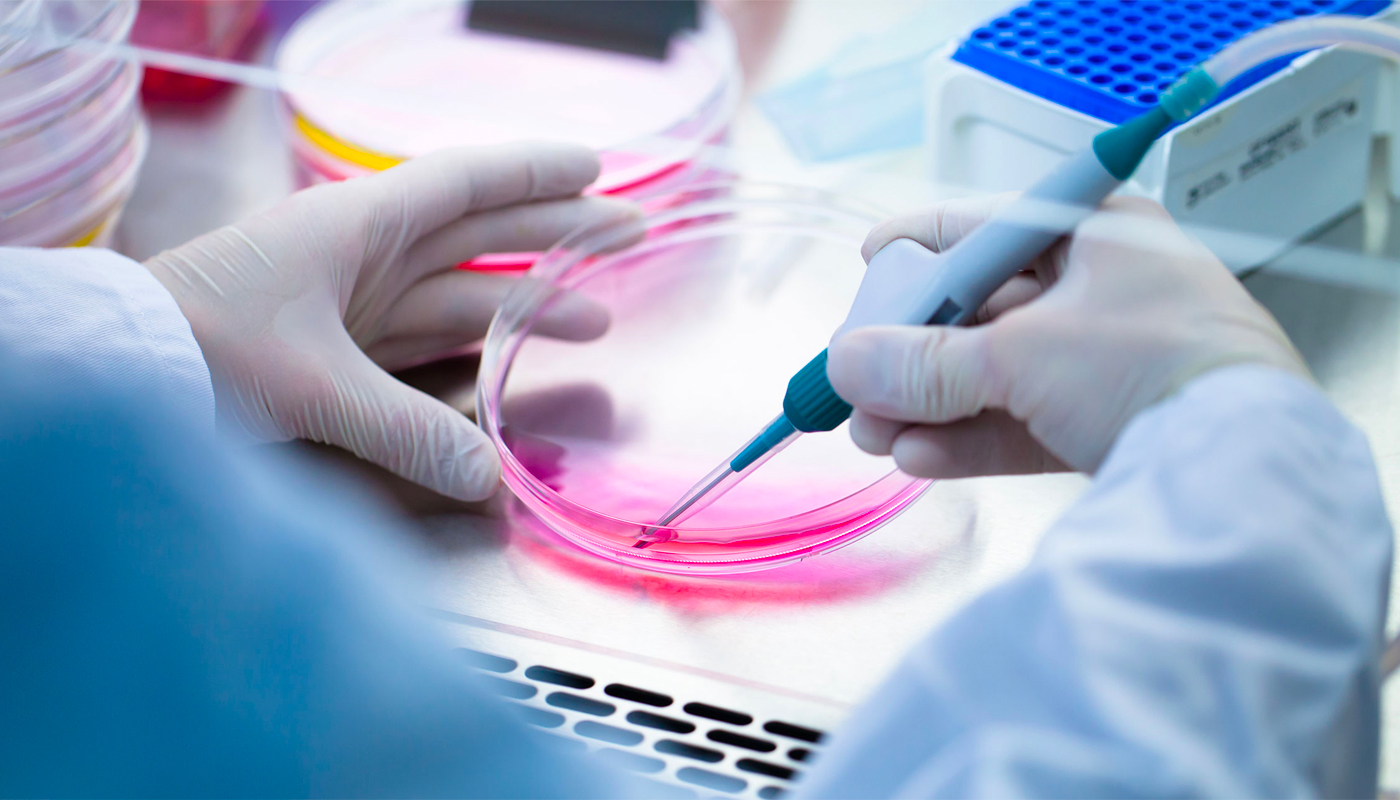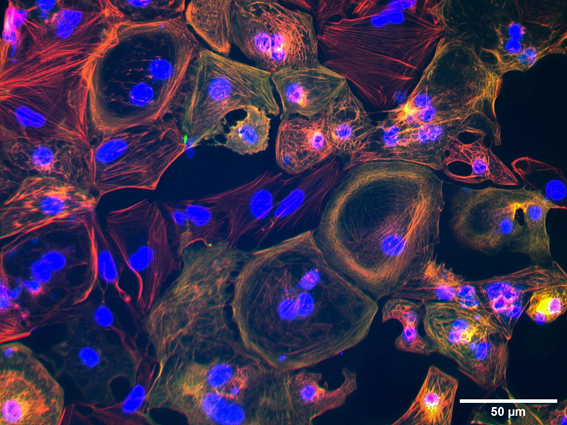Biomaterials, Nanotechnology and Regenerative Medicine

Biomaterials, Nanotechnology and Regenerative Medicine
This scientific area integrates a set of technologies and tools, which have as a common point the controlled interaction, at the micro and nanoscale, of complex constructs with biomolecules, cells and tissues. High impact applications in biotechnology and medicine are the goal, in particular in the development of novel strategies for biodiagnostics and regenerative medicine.
This area is organized into four Thematic Areas
i) Biomaterials are primarily used for medical applications, but they are also used as scaffolds to grow cells in culture, to assay for blood proteins in the clinical laboratory, in processing biomolecules in biotechnology, in diagnostic gene arrays, and for investigational cell-based "biochips."
ii) Nanotechnology is the understanding and control of matter at dimensions between approximately 1 and 100 nanometers, where unique phenomena enable novel applications.
iii) Nanobiotechnology consists on the application of nanotechnology concepts to biological sciences, in lab-on-a-chip systems, novel biosensors, nanoparticles for drug delivery, surface functionalization, etc.
iv) Regenerative Medicine is focused on the repair, replacement or regeneration of cells, tissues or organs to restore impaired function resulting from any cause, including congenital defects, disease, trauma and ageing. It uses a combination of several converging technological approaches, and moves beyond traditional transplantation and replacement therapies.
 |  |  |
Education
This scientific area is involved in the undergraduate formation in Biotechnology and Bioengineering, including in the degrees in Biological Engineering and Biomedical Engineering, as well as in advanced doctoral and postdoctoral training in the field.
Research
Students, at all levels, do have the opportunity to actively participate in research training in the laboratories of the Stem Cell Engineering Research Group (SCERG) and of BioEngineering Research Group (BERG) of the Institute of Bioengineering and Biosciences (IBB), at IST, in the INESC-MN micro and nanofabrication cleanroom facilities, and in the Institute of Telecommunications (IT).